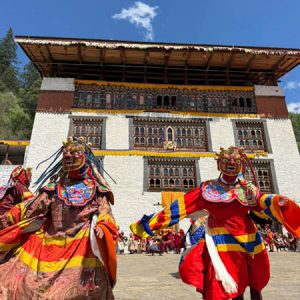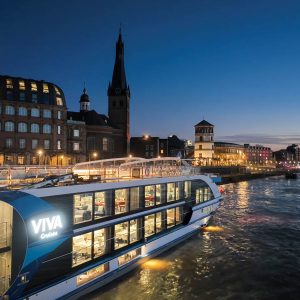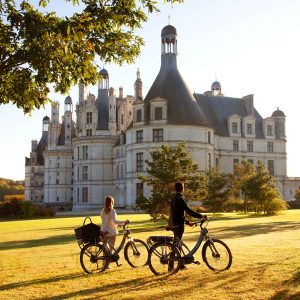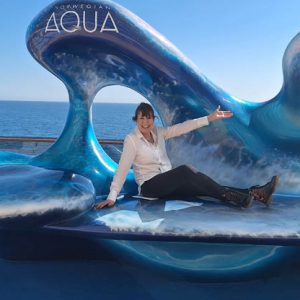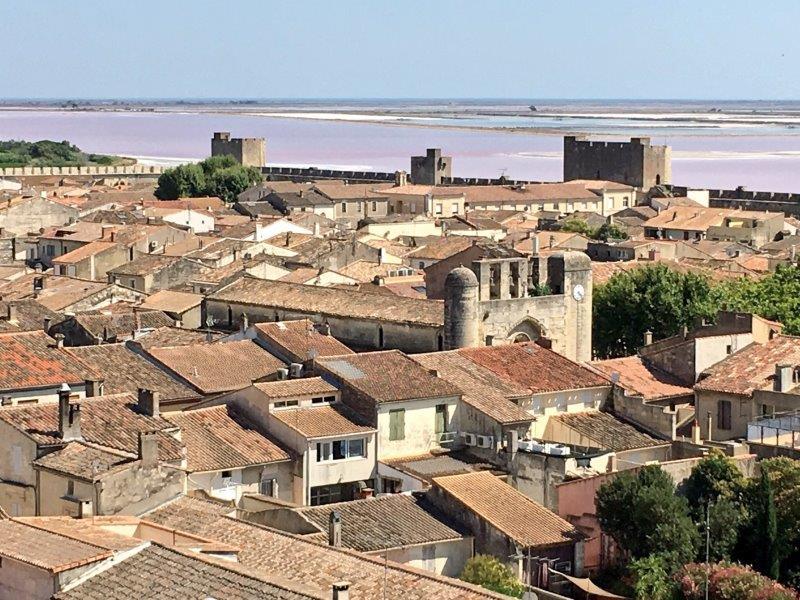 There’s no better way to approach the walled city of Aigues-Mortes than by water, so as the distinctive outline of the Constance Tower looms ever larger, I position myself on the sundeck ready for my first sight of the battlements that dominate the marshland of the Camargue.
There’s no better way to approach the walled city of Aigues-Mortes than by water, so as the distinctive outline of the Constance Tower looms ever larger, I position myself on the sundeck ready for my first sight of the battlements that dominate the marshland of the Camargue.
There have been settlements here near the Mediterranean coast since Greek and Roman times, but it was only in the 13th century that French king Louis IX ordered the creation of a strategic inland port to facilitate trade with the West. Now, nearly 800 years later, this beautiful medieval town still nestles within its imposing ramparts.
Aigues-Mortes is one of many highlights on ‘Secrets of Provence’, a 6-night escorted cruise operated by Great Rail Journeys in conjunction with CroisiEurope, Europe’s largest river cruise line. I’ve done a number of river cruises on larger boats but this is my first experience of an intimate hotel barge, just 22 guests looked after by a multi-tasking crew of six.
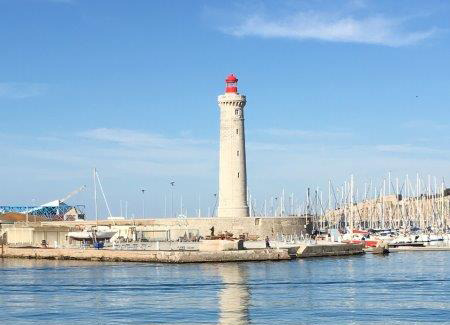 Our adventure begins at London-St Pancras with the direct Eurostar service to Avignon where we switch to a coach for the 90-minute transfer to Sète, a bustling harbour on the Mediterranean coast, just south of Montpellier. Over the next few days, we will make our leisurely way along the Sète-Rhône canal before joining the Rhône at Arles, our final destination.
Our adventure begins at London-St Pancras with the direct Eurostar service to Avignon where we switch to a coach for the 90-minute transfer to Sète, a bustling harbour on the Mediterranean coast, just south of Montpellier. Over the next few days, we will make our leisurely way along the Sète-Rhône canal before joining the Rhône at Arles, our final destination.
The journey is escorted by a Great Rail Journeys tour manager in both directions, but our daily programme on board is run in impeccable English by the boat’s genial French purser, François. Daily excursions – included in the tour price – are led by Muriel, a local guide with in-depth knowledge and a good sense of humour.
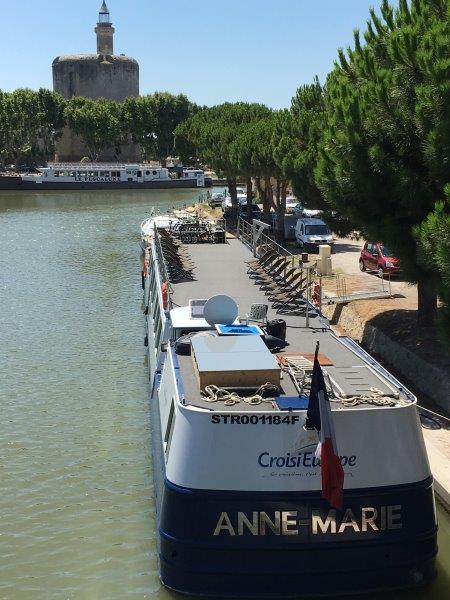 Given the dimensions of the barge, the cabins are inevitably long and thin, arranged lengthways down either side of the boat, with two large windows just above water level, perfect for a close-up view of passing ducks. If you’re above average dimensions, you need to be aware that floor space is limited, especially between the two single beds, but my average-sized husband and I were hugely impressed by the ingenious storage solutions, efficient shower room and in-cabin WiFi service.
Given the dimensions of the barge, the cabins are inevitably long and thin, arranged lengthways down either side of the boat, with two large windows just above water level, perfect for a close-up view of passing ducks. If you’re above average dimensions, you need to be aware that floor space is limited, especially between the two single beds, but my average-sized husband and I were hugely impressed by the ingenious storage solutions, efficient shower room and in-cabin WiFi service.
A central bar divides the Anne-Marie’s rear dining room from the lounge area, which leads onto the outside terrace at the front of the barge with parasols and Jacuzzi. Stairs lead up to the open sundeck for those 360° views. And that’s the extent of our cosy floating home.
Our first two nights are spent in Sète, moored in a quiet corner of the commercial harbour, just a couple of blocks’ walk from the main canal with its cabin cruisers and cafes. You might be lucky enough to catch an evening of Water Jousting, a popular league sport across France’s Western Mediterranean coast. Two teams of rowers propel a man on the end of a platform at the stern towards his opponent, the two entering into combat with shield and lance. Inevitably at least one will end up in the water!
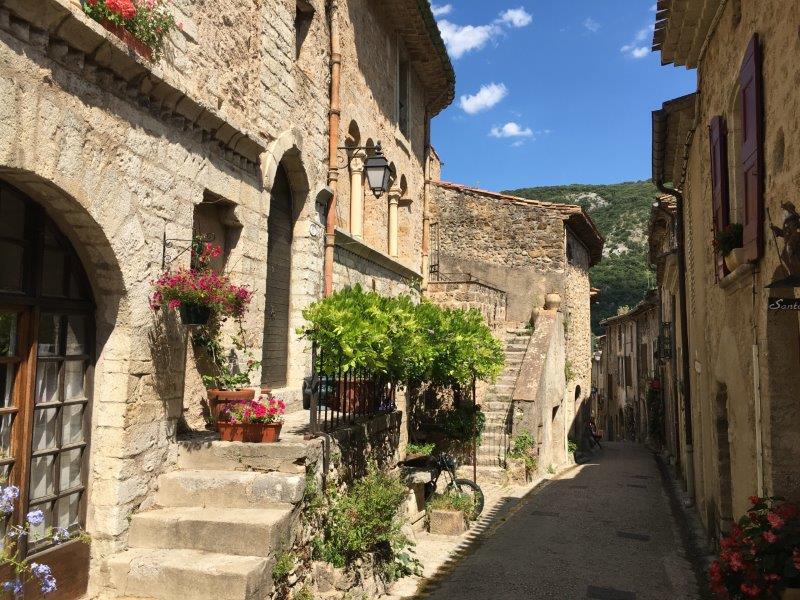 Local excursions from Sète include an insight into mussel and oyster farming on the nearby Etang de Thau – with tasting of course – and a visit to Saint Guilhem-le-Desert, a honey-coloured stone village nestled in the hills. UNESCO-listed for its Romanesque church, it is rightly ranked amongst the elite squad of France’s Most Beautiful Villages.
Local excursions from Sète include an insight into mussel and oyster farming on the nearby Etang de Thau – with tasting of course – and a visit to Saint Guilhem-le-Desert, a honey-coloured stone village nestled in the hills. UNESCO-listed for its Romanesque church, it is rightly ranked amongst the elite squad of France’s Most Beautiful Villages.
Aigues-Mortes is beautiful too, so I’m delighted to find that our barge is moored up close to the walls. Not only that, but chef Pierre serves barbecued beef on the outdoor terrace as the sun goes down and the ramparts turned gold under the floodlights. After dinner, we are close enough to walk in and enjoy the al fresco Provençal atmosphere. Strictly speaking, this is our first taste of Provence, the tour itinerary beginning in the neighbouring region of Occitanie, formerly known as Languedoc-Roussillon.
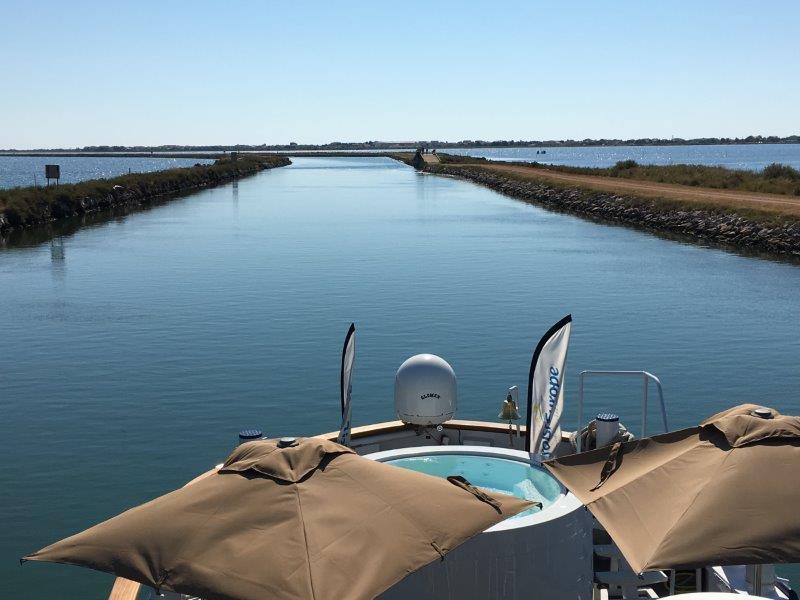 The days pass in a relaxed blend of doing things and doing nothing, and I’m soon zoned out and going with the flow. In the mornings we cruise the canal, reading, chatting, and waving to fishermen, cyclists and holiday rental boats. Sometimes our canal slices through a lagoon, water on either side of the narrow towpaths; sometimes through a narrow strip of land between the Mediterranean and saltwater lagoon.
The days pass in a relaxed blend of doing things and doing nothing, and I’m soon zoned out and going with the flow. In the mornings we cruise the canal, reading, chatting, and waving to fishermen, cyclists and holiday rental boats. Sometimes our canal slices through a lagoon, water on either side of the narrow towpaths; sometimes through a narrow strip of land between the Mediterranean and saltwater lagoon.
From Aigues-Mortes we turn inland to skirt the Camargue, a vast wetland that spans the Rhône delta. This is an area of paddy fields and pastures, marshland and ponds, but above all, the Camargue is famous for its white horses, black bulls and pink flamingos. We spot some livestock from the barge but also enjoy an excursion to a manade or ranch for an insider look and a demonstration. 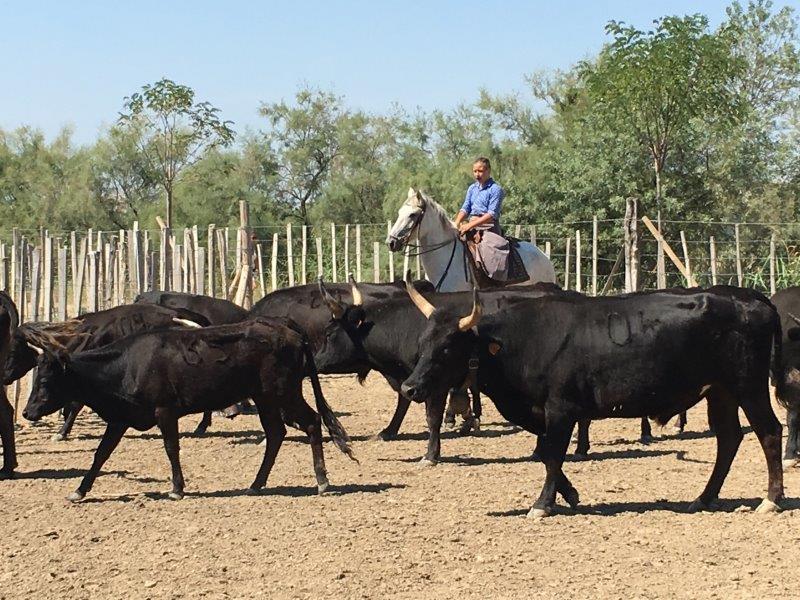 We also visit the coastal resort of Les Saintes Maries de la Mer, capital of the Camargue and one of many centres for the traditional Courses Camarguaises where bold young men try to snatch rosettes from the heads of black bulls. Bouts last for 15 minutes but the bulls – and cows – last a lifetime, herded back to their fields after events and, in the case of some champions, revered and remembered with statues.
We also visit the coastal resort of Les Saintes Maries de la Mer, capital of the Camargue and one of many centres for the traditional Courses Camarguaises where bold young men try to snatch rosettes from the heads of black bulls. Bouts last for 15 minutes but the bulls – and cows – last a lifetime, herded back to their fields after events and, in the case of some champions, revered and remembered with statues.
Near St Gillies, the Anne-Marie passes through the only lock of the trip and into the Petit-Rhône, the western branch of the main river, travelling between wooded banks before turning into the Grand-Rhône close to Arles and journey’s end. 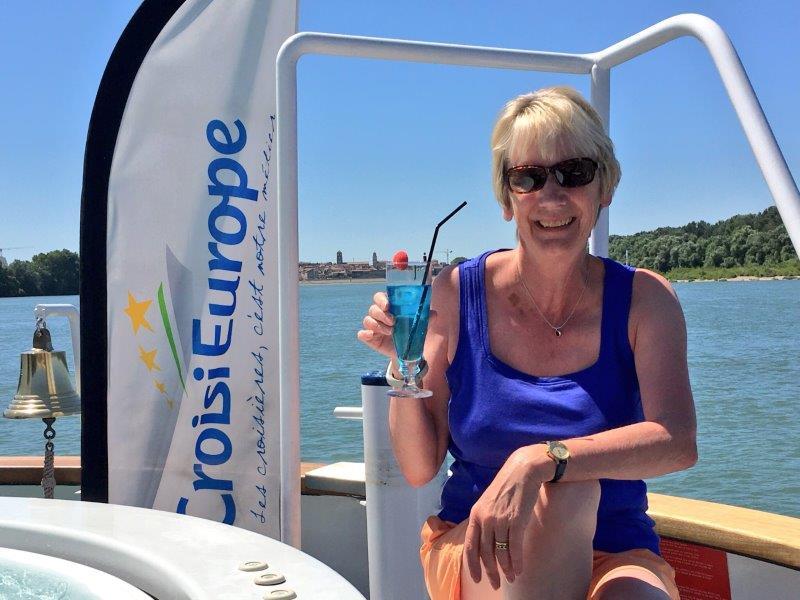 The afternoon excursion combines a visit to an olive oil producer with a short walking tour of the city, but I am overdue a return visit to this magical town, so I opt instead for an independent scamper round my favourite monuments.
The afternoon excursion combines a visit to an olive oil producer with a short walking tour of the city, but I am overdue a return visit to this magical town, so I opt instead for an independent scamper round my favourite monuments.
If you want to take in a few key sites – and they’re mostly close together – invest 12 euros in a Pass ticket at the first National Monument you visit in Arles, instead of paying up to 9 euros each. I manage to combine the Roman arena, theatre and public baths, with the pretty double-decker cloister of Saint-Trophime, and the Reattu Museum which is home to a room full of Picasso drawings. All in one afternoon!
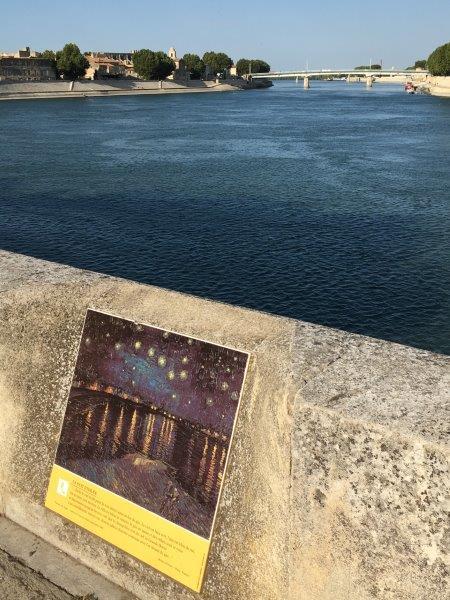 Picasso was inspired by Vincent van Gogh who spent his most productive period in Arles, arriving in February 1888 and turning out 300 works in just 15 months. There are reproductions of his most famous paintings in the spot where he set up his easel, though sadly not always in the best state of repair, and a 1-euro booklet of themed walking trails from the Tourist Office shows where to find them.
Picasso was inspired by Vincent van Gogh who spent his most productive period in Arles, arriving in February 1888 and turning out 300 works in just 15 months. There are reproductions of his most famous paintings in the spot where he set up his easel, though sadly not always in the best state of repair, and a 1-euro booklet of themed walking trails from the Tourist Office shows where to find them.
On our last morning, we disembark after breakfast for a coach trip to Nîmes and a fast train to Paris-Gare de Lyon. Here another coach will take us to Gare du Nord for our Eurostar back to London. But first our lovely crew line up to bid us farewell and as I turn to walk to the bus, I notice a reproduction of Van Gogh’s Starry night over the Rhône – now prized by the Musée d’Orsay in Paris – on the embankment close to our mooring. Somehow it seems a fitting tribute to a cruise that has been packed with stars from start to finish.
Silver Travel Advisor recommends Great Rail Journeys.

